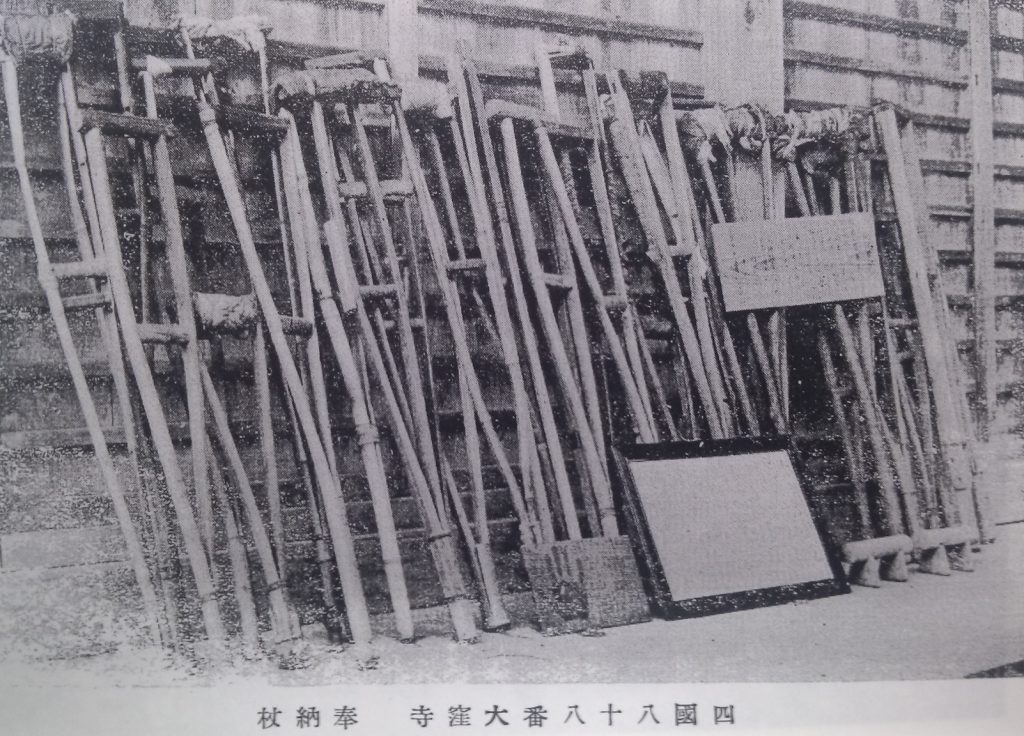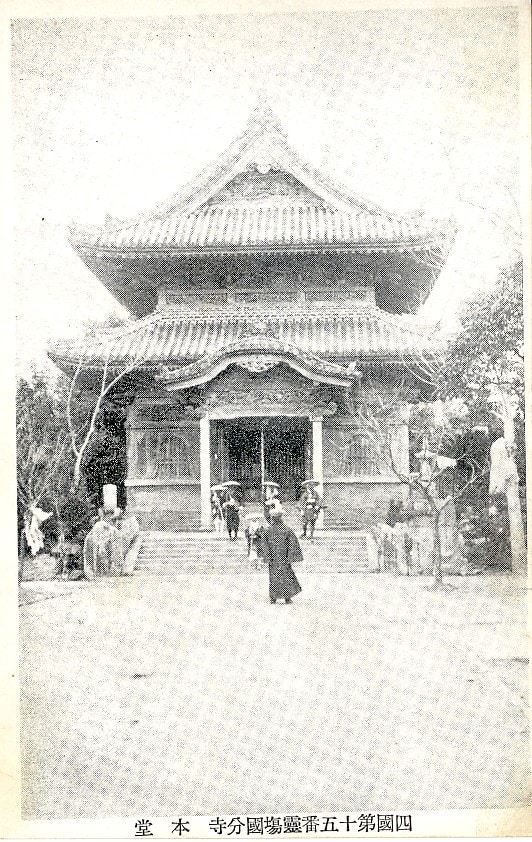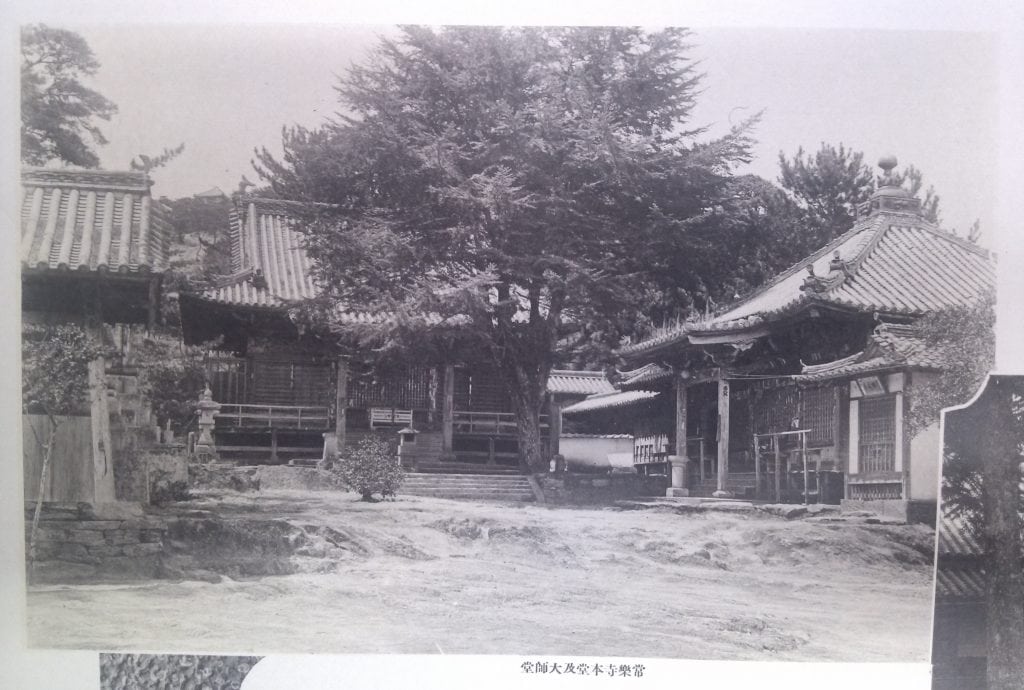If you would like to experience part of the Shikoku pilgrimage route close to central Tokushima city, then I recommend going to Dainichi-ji (Temple 13), Jōraku-ji (Temple 14), Kokubun-ji (Temple 15), Kannon-ji (Temple 16) and Ido-ji (Temple 17). Visiting these temples is called gokasho mairi – a five-site pilgrimage that it said to have been created more than 300 years ago. The total distance is only about eight kilometres and since the route is on flat ground it can be easily completed in a few hours. Here are some details about each of these temples that all seem to offer relief from physical problems or cures from illnesses or ailments.

Dainichi-ji(大日寺)- Before 1868, Ichinomiya Shrine, which is across the street from the temple was the official sacred site, but when Buddhism and Shinto were forced to separate in 1868 the temple took over this position. This is the only temple of the five that offers accommodation for travellers and is the only one among the eighty-eight that is administered by a female priest. The temple grounds are very small. At the main hall there is a red statue of the deity Binzuru and it is believed that if you touch the part of his body that corresponds with the same place that is not well with your body, you will be cured of that ailment.

Jōraku-ji(常楽寺)- Unlike other temples, this one does not have a main gate (sanmon or niomon) and the buildings are situated on an outcrop of sedimentary rock called Ryusuigan no niwa (garden of running water rocks). To the right of the main hall up high in a tree there is a statue of Kōbō Daishi called Araragi Daishi to which people pray to for cures of diabetes and eye problems. And, in front of the main hall there is a statue of Jizō Bosatsu to which people pray to prevent children from wetting the bed and crying at night, as well as to be cured of toothaches and foot pain.
Kokubun-ji(国分寺)- During the 8th century, Emperor Shomu declared that national (kokubun) temples be built in each of the sixty-six provinces in Japan and this is the one for Tokushima. At that time the temple grounds were much larger and there was a seven-story pagoda and other buildings. The large rock garden beside the main hall is several hundred years old and the new Daishi hall was completed this spring. The Ususama Myōō hall contains a statue of the “god of toilets” (secchin) and there are tales of people being punished by this god for not keeping their toilets clean, but there are also stories of others who were cured of haemorrhoids or eye problems.

Kannon-ji(観音寺)- The temple is located in a residential area and the grounds are extremely small. Parents come here to pray to the yonaki (cry at night) Jizō statue beside the Daishi hall so that their children will stop crying at night. In the main hall there is a painting of a woman whose clothes are on fire. It is believed that she when visited here on a rainy day in 1884 her wet clothes suddenly burst into flames. She realized that she was being punished for treating her mother-in-law cruelly, so she repented and drew this picture. Other people suffering from eye and lung ailments, rheumatism, and hemiplegia are said to have become well after visiting this temple.
Ido-ji(井戸寺)- The grounds are quite large and include a cemetery and large parking area. The main hall, originally built from wood, was repeatedly destroyed by fire so the present building was made from concrete. When Kōbō Daishi visited here someone said to him, “We suffer from a lack of clean water for our fields, so can you do something to help us?” Kōbō Daishi dug a well (ido) in one night and pure water came up making the fields fertile. It is said that if you look into the well and do not see your reflection that something unfortunate will happen to you within three years. You can take some of the well water, which is believed to have medicinal benefits.
The gokasho mairi provides a small taste of the Shikoku pilgrimage and if you’re interested in reading more about the tales of miracles at these five temples you may like to read this translation of an illustrated record published in 1886.
Access
From Tokushima station, take a No. 56, 57 or 58 bus (A4 bus stop), which goes via Myodo (名東) or Enmei (延命) to Ichinomiya fudasho mae (一宮札所前) bus stop (about 30min, 410yen).
To return, walk to Ko (府中) JR station from Ido-ji and take the local train to Tokushima (about 12 min, 220yen).
This article was first published in the July 2014 issue of Awa Life.

